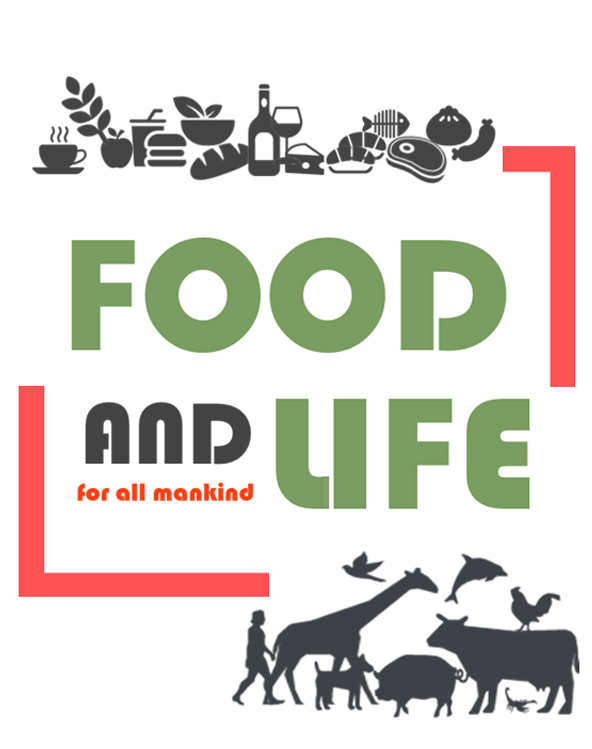초분광 이미지 분석을 활용한 식육의 구조체 분석 및 이화학적 특성 분석 연구
Study on structural analysis and physicochemical properties of meat using hyperspectral image analysis
- 한국축산식품학회
- Food and Life
- 제2025권 제1호
-
2025.0315 - 22 (8 pages)
-
DOI : 10.5851/fl.2025.e2
- 3

The objective of this study was to evaluate the physicochemical and structural properties of pork (loin, tenderloin, neck, and belly) and beef (loin, tenderloin, round, and brisket) using hyperspectral imaging and food scanner analyses. Color, pH, and water-holding capacity (WHC) were analyzed, revealing that pork belly showed the highest lightness (69.90), while beef round exhibited the lowest (35.54). Redness and yellowness varied significantly among cuts, influenced by intramuscular fat and chemical composition. The pH ranged from 5.66 to 6.23, with pork neck having the highest pH and WHC, confirming the correlation between pH and WHC. Food scanner analysis quantified fat, moisture, protein, ash, and collagen content, showing that pork belly had the highest fat content, whereas beef loin had the highest collagen content. Hyperspectral imaging analysis extracted mean reflectance spectra, identifying key wavelengths such as 430, 541, 574, and 980 nm related to heme, water, and oxidation states. Pork showed higher reflectance than beef, highlighting chemical composition differences. Partial least squares regression models predicted fat, moisture, and protein content, with protein prediction demonstrating moderate accuracy (R2=0.411). However, limited data posed challenges to model generalization. These findings suggest hyperspectral imaging as a promising tool for comprehensive meat quality assessment.
서 론
재료 및 방법
결과 및 고찰
요 약
References
(0)
(0)